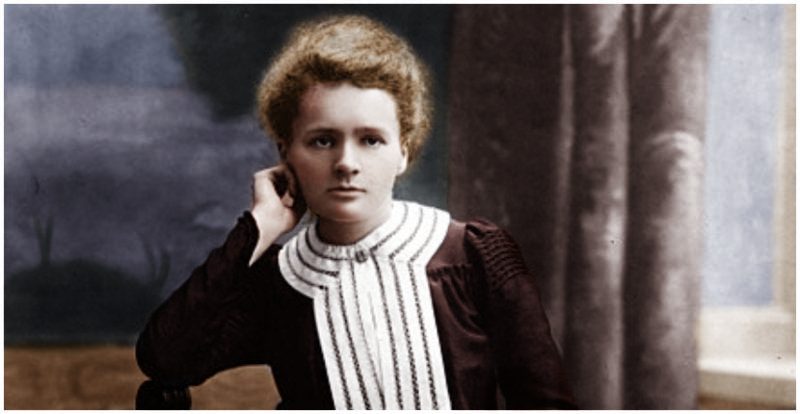In 1903, Marie Sklodowska Curie and her husband, Pierre, won the Nobel Prize in Physics for joint research on radiation. (Radiation had been identified as a phenomenon by Professor Henri Becquerel.)
In 1911, Marie won, completely on her own merit, the Nobel Prize in Chemistry “in recognition of her services to the advancement of chemistry by the discovery of the elements radium and polonium, by the isolation of radium and the study of the nature and compounds of this remarkable element.”
What is perhaps even more remarkable is that Marie Curie was not only the first woman awarded a Nobel Prize but also the first person to win the award twice, and she came from a country where women were not allowed to attend University.

Higher education was not considered necessary for women in a large part of the world at the time, so the female Curies, Marie and her sister Bronya, had to overcome obstacles to continue their learning past their early teens.
Marie was an excellent student, graduating from high school at the age of 15 at the top of her class. As the government had forbidden teaching several subjects, including laboratory classes, Marie’s father, a physics and mathematics teacher, brought home lab equipment and supplemented his daughters’ education.
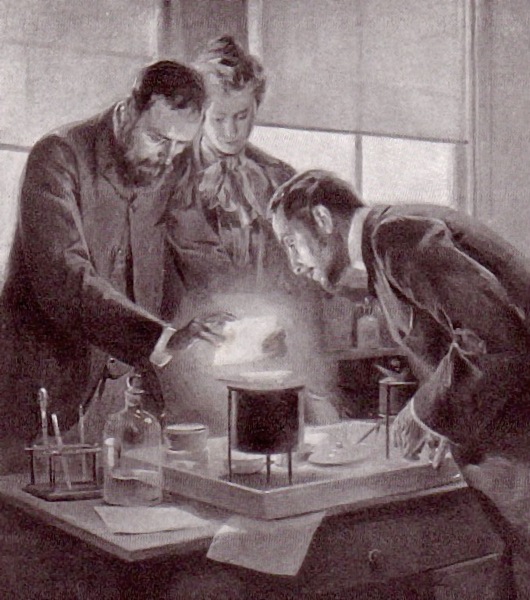
Unfortunately, her father could not afford to send her to University, and, even if he did, girls could not pursue higher education in Poland at the time. Marie’s sister Bronya faced the same circumstances.
Marie agreed to work as a governess and tutor to support Bronya while she studied medicine in Paris. At the time, the line dividing Poland from Russia was blurred, so Marie continued to study chemistry, physics, and mathematics at an underground school known as the “Flying University”, where Poles went to learn subjects forbidden by the government, including Polish culture and nationalism.
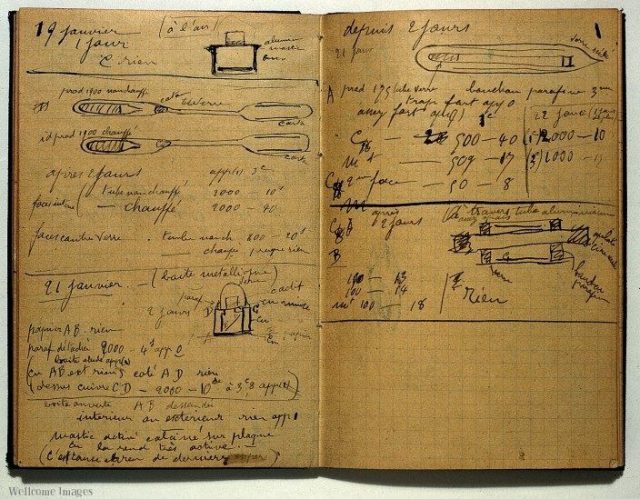
The Flying (also known as Floating) University also defied Russian laws by allowing female teachers and students. When Marie was able to join her sister in Paris, she studied at the Sorbonne and, again, she graduated at the top of her class. While working for her Ph.D., she studied the properties of uranium and its atomic structure and coined the term “radioactive”. She improved upon Wilhelm Röentgen’s discovery of X-rays and set up portable X-ray units for medic hospitals during the first world war.
Related Video: The People who Live in Chernobyl’s Radioactive Area
https://youtu.be/tbNeYNLrWwA
In 1906, Marie’s husband, a brilliant scientist and the Chair of Physics at the Sorbonne, was killed by a horse-drawn carriage in the street. Marie was offered his position, which she accepted, becoming the first woman professor at the Sorbonne.
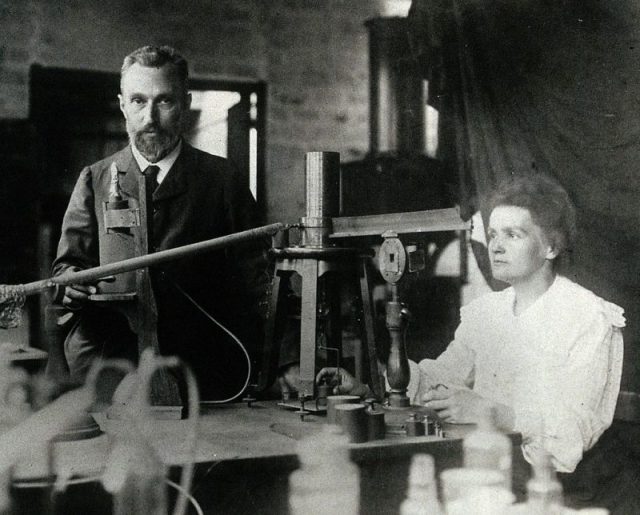
Marie was finally considered to be one of the top scientists in the world and hobnobbed with people like Albert Einstein, Hendrik Lorentz, and Max Planck. The Curies had two daughters, Irène and Ève.
Irène and her husband Frédéric were the recipients of the 1935 Nobel Peace Prize in Chemistry for continuing Irène’s parents’ work in radioactivity. Ève became a concert pianist, a war correspondent, was active with UNICEF and became a published author who wrote of her parents and their work. The constant exposure to radiation took its toll on the health of the Curies. Marie died at the age of 66, in 1934, from aplastic anemia, a disease of the bone marrow most likely contracted during her work.
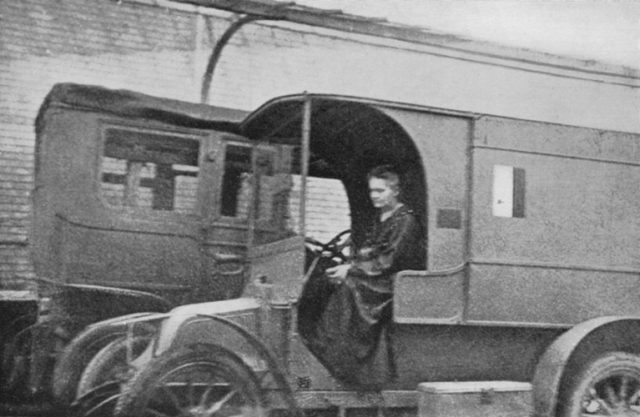
Her daughter Irène and Irène’s husband, Frédéric, both died at the age of 58, she of leukemia in 1956 and he from complications of surgery for liver disease believed to be brought on by radiation exposure.
Ève, who was not a scientist, lived to the age of 102, dying in 2007. Marie’s research notes and personal papers are still so radioactive they are stored in lead boxes that can only be opened by someone in a protective suit.
